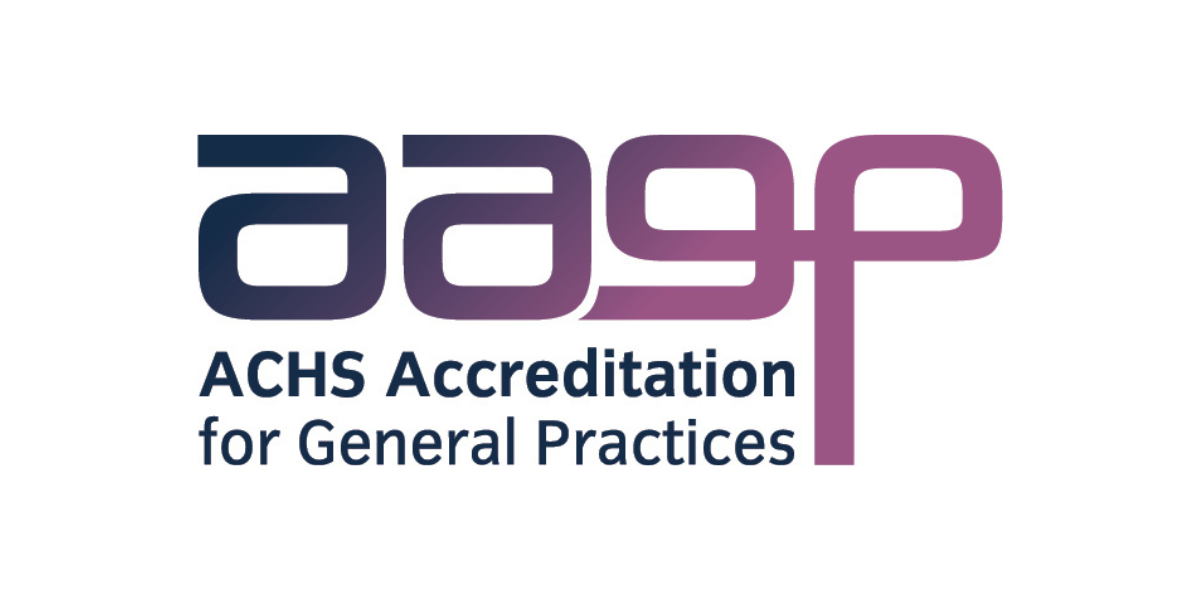Understanding Clinical Indicators
Clinical Indicators provide useful measurements for assessing and enhancing the quality of patient care. These indicators are critical for understanding patient outcomes, safety, and the overall effectiveness of healthcare services. By participating in Clinical Indicator Programs, healthcare organisations can track, measure and analyse their data to drive quality initiatives and improve patient safety and care.
The Role of Clinical Indicators
Clinical Indicators are quantitative components of practice performance that have been proved or accepted as useful in evaluating the quality of care provided. These indicators include a broad range of healthcare issues, such as patient outcomes, treatment methods, and service efficiency.
Clinical indicators provide a number of functions for nurses:
- Quality Improvement: They assist in identifying areas for improvement in healthcare service.
- Benchmarking: Comparing performance to standards or peers.
- Accountability: They establish a foundation for accountability in healthcare services.
- Decision Support: They help to inform clinical decisions and policy formation.
Categories of Clinical Indicators
Clinical indications are usually classified into three main categories:
- Structure Indicators: These assess the characteristics of the environments in which care is provided, such as staff qualifications, equipment availability, and organisational infrastructure.
- Process Indicators: These focus on the processes used to provide care. They look at how healthcare personnel interact with patients, how clinical criteria are followed, and if care is acceptable.
- Outcome Indicators: These are metrics that measure the effectiveness of healthcare services, such as patient recovery rates, complication rates, and patient satisfaction.
Importance of Clinical Indicators in Healthcare
Healthcare is a constantly changing and evolving industry. To maintain high standards of care, health services must implement safety and quality measures, and monitor and report performance and outcomes to improve quality and patient safety. Understanding and applying clinical indicators is essential in health services for a number of reasons, including:
- Evidence-Based Practice: By utilising clinical indicators, healthcare organisations are routinely collecting and monitoring data from their incidents and complaints management systems, safety and quality audit reports and infection control reports. This ensures that they take an evidence-based approach to address emerging issues across the organisation.
- Patient Safety: Understanding clinical indicators allows organisations to detect potential risks and adopt mitigation methods, ultimately improving patient safety.
- Professional Competence: Regularly examining clinical indicators allows health services and clinicians to stay up to date on current best practices and healthcare standards.
- Reflective Practice: Reviewing and benchmarking clinical indicator results allow healthcare organisations to reflect on their practice, identify areas for development, and create action plans to improve quality and safety.
Integrating Clinical Indicators into Staff Training Programmes
For clinical indicator programs to be effective, it must align with organisational goals and engage all staff to participate. Here are some strategies to integrate clinical indicators into staff training programmes within a healthcare organisation:
- Workshops and Seminars: Organise training sessions focused on the interpretation and application of clinical indicators. These can include case studies and practical exercises.
- Online Learning: Develop e-learning modules that allow clinicians to learn at their own pace. These modules can include interactive elements, quizzes, and scenarios to enhance understanding.
- Mentorship and Coaching: Pair less experienced nurses with experienced healthcare professionals who can guide them in understanding and using clinical indicators effectively.
- Regular Audits and Feedback: Conduct regular audits of clinical practice and provide feedback to clinicians. This helps reinforce the importance of clinical indicators and highlights areas for improvement.
- Simulation Training: Use simulation exercises to help departments apply clinical indicators in a controlled, risk-free environment. This strategy is particularly helpful for implementing complex quality improvement initiatives.
Challenges and Solutions
While the benefits of implementing clinical indicator programs are clear, there are certain challenges that must be addressed:
- Resource Constraints: Time and financial resources may be restricted. To mitigate this, healthcare organisations can look for free resources, online tools and prioritise in-house training programmes.
- Uncomfortable with Change: Some staff may be averse to new techniques or more training. To overcome this, clear communication about the benefits of clinical indicators is required, as is the involvement of nurses in the planning process to ensure their needs and preferences are taken into account.
- Keeping Up to Date: The healthcare industry is continuously changing, and it can be difficult to stay current.Clinical indicator programs can be kept relevant and engaging by updating them on a regular basis and incorporating feedback form and regulatory bodies.
Ensuring Quality Patient Care and Outcomes
Understanding clinical indicators is critical for health services to provide the highest level of care to patients. Integrating these indicators in healthcare organisations will enhance patient safety, and contribute to the overall improvement of healthcare services.




Post Comment